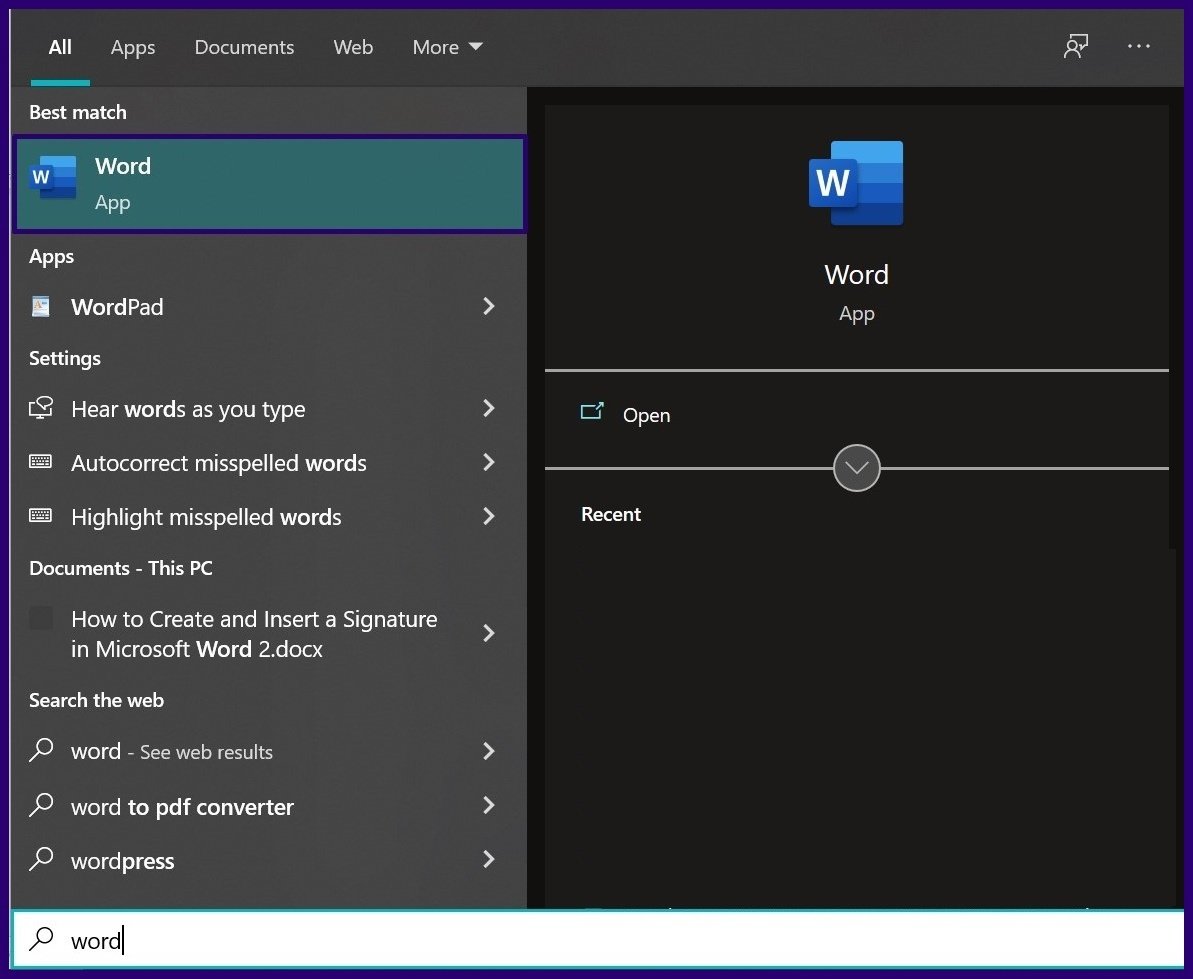
They are used to offer commentary or cite references on a specific part of text in the body of the paper. What is a footnote: The term ‘ footnote’ refers to ancillary notes added to the end of a page. They are intended to refer readers to the exact pages of the works listed in the Works Cited, References, or Bibliography section. MLA Footnotes and Endnotes are used to give credit to sources of any material borrowed, summarized or paraphrased.

When more than one work, written by the same author, is to be cited, they should be alphabetized by title and the name of the author included in the initial entry.In cases where the surname of the author is not known, it is appropriate to list titles alphabetically.

Unlike other documentation styles, MLA format citations examples and bibliography texts should reference the authors surnames in alphabetical order.Every entry will utilize what is known as a ‘hanging indent.’ A hanging indent simply means that the first line of each entry is flush with the margin and that every subsequent line should be indented five to seven spaces (equal to Tab.).The entire bibliography should be double spaced (or 1.5, 2.0 etc as long as it follows the same space alignment as the rest of the essay.).There is no need to use bold or italic font or to underline the title. Remember that a proper MLA heading should always appear in the centre of a page. The title – Bibliography – or – Works Cited – should always be centered.However, the general rule of thumb is to use a separate page. On occasion, if the list is shorter in length, it may be reasonable to include the bibliography on the final page of the essay. The page will be numbered, in sequential order, according to the pages contained in the essay. The bibliography should always appear on a separate page.Adhere to these guidelines when creating your bibliography Each and every source utilized in your paper must appear in the bibliography – no exceptions.
#How to convert the footnotes to endnotes. how to
How to Write a BibliographyĬommonly referred to as a ‘works cited’ list, the bibliography is where you list relevant (and necessary) information about the sources used in your paper. Each of these things will necessitate a specific variation of the MLA style be followed.Īnother thing to consider is the ‘works cited’ or the bibliography. More specifically, does the original material have two or more authors? Or, does the source come from a journal or a website? Perhaps it’s a source from a source? Or maybe even a block quote. Keep in mind that there are a number of things to consider when using the MLA format for sources that are not your own. The gender wage gap is shrinking because “more women are entering trades and executive level business fields.” (Smit, 98).

*EduBirdie as a Premium Partner was chosen among 50+ writing services by our Customer Satisfaction Team. For example, if the main paragraphs of your essay include reference to work written by someone other than yourself, you must acknowledge the quote or reference, in parenthesis, and follow this up with the surname of the original author and the page number indicting where the reference can be found in the originating source. MLA guidelines dictate a number of parameters for in-text citation. This specific type of documentation method is most commonly used in the English (or other language) literature, cultural studies, and gender studies and humanities fields. MLA Format Definitionīy way of definition, MLA style refers to the citation method developed by the Modern Language Association.

Prior to learning how to write proper Footnote and Endnote citations, it is essential to first develop a stronger understanding of the MLA format. This Chapter deals only with simple and common examples on how to write Footnote and Endnote citations. How to Write Footnotes and Endnotes in MLA Style Further information on copyright and plagiarism How to Write Footnotes and Endnotes in MLA Style


 0 kommentar(er)
0 kommentar(er)
